Types of cross country ski bindings: select the optimum pair
Understanding the different types of cross country ski bindings helps you choose the right pair for your boots and the style of skiing you want to do
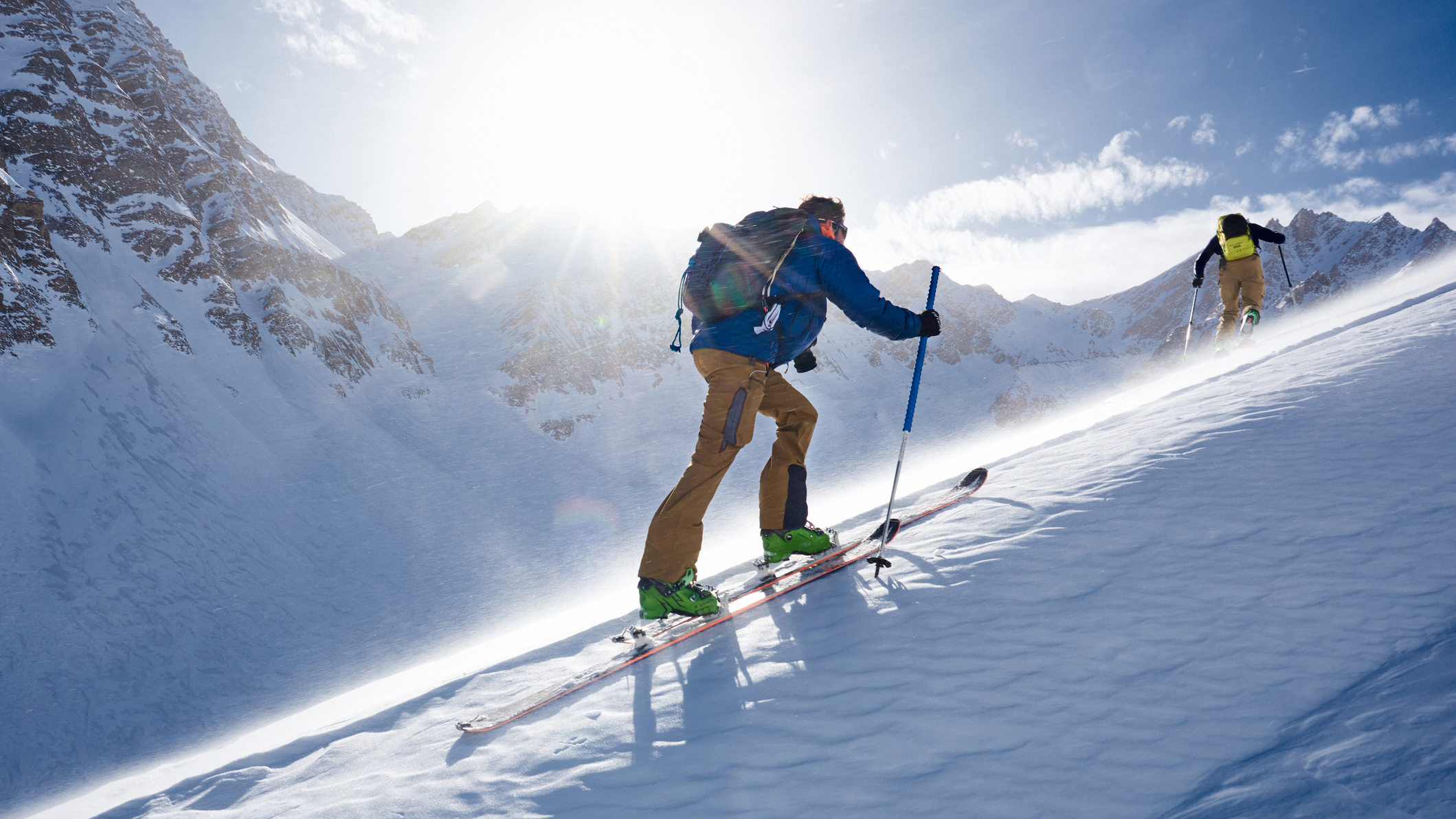
- Types of cross country ski bindings
- What are cross country ski bindings?
- What to consider when choosing cross country ski bindings
- Salomon Nordic System (SNS) bindings
- New Nordic Norm (NNN) bindings
- New Nordic Norm Backcountry (NNN BC) bindings
- Nordic Integrated System (NIS) bindings
- Prolink bindings
- Turnamic Bindings
- Three Pin bindings
- Which type of binding do I need?
There are few more majestic ways to explore a snowy wilderness than gliding around on a pair of cross country skis. If you're looking to get into this incredible pursuit, you'll need to be aware of the types of cross country ski bindings, as well as which ones go with which boots and which ones are best the for kind of cross country skiing you plan to do.
We're here with our expert guide to help you do just that, revealing the three types of cross country ski binding, what to consider when choosing them and the differences between each type.
Types of cross country ski bindings
There are three main families of cross country ski bindings.
Three pin bindings are the oldest type, while SNS (Salomon Nordic System) were the most popular starting around 2007 until NNN (New Nordic Norm) bindings surpassed them. Making matters slightly more complicated, there are several subtypes of bindings that are essentially advancements on the NNN binding. The most important thing to know is that not all cross country ski bindings are compatible with all boots.
Boot | Binding | Type of skiing |
|---|---|---|
75mm boot | 3 pin/NNN | Backcountry |
NNN boots | NNN/NIS/Prolink/Turnamic | Classic, skate skiing |
NNN BC | NNN BC | Backcountry |
SNS | SNS | Classic, skate skiing |
Meet the expert
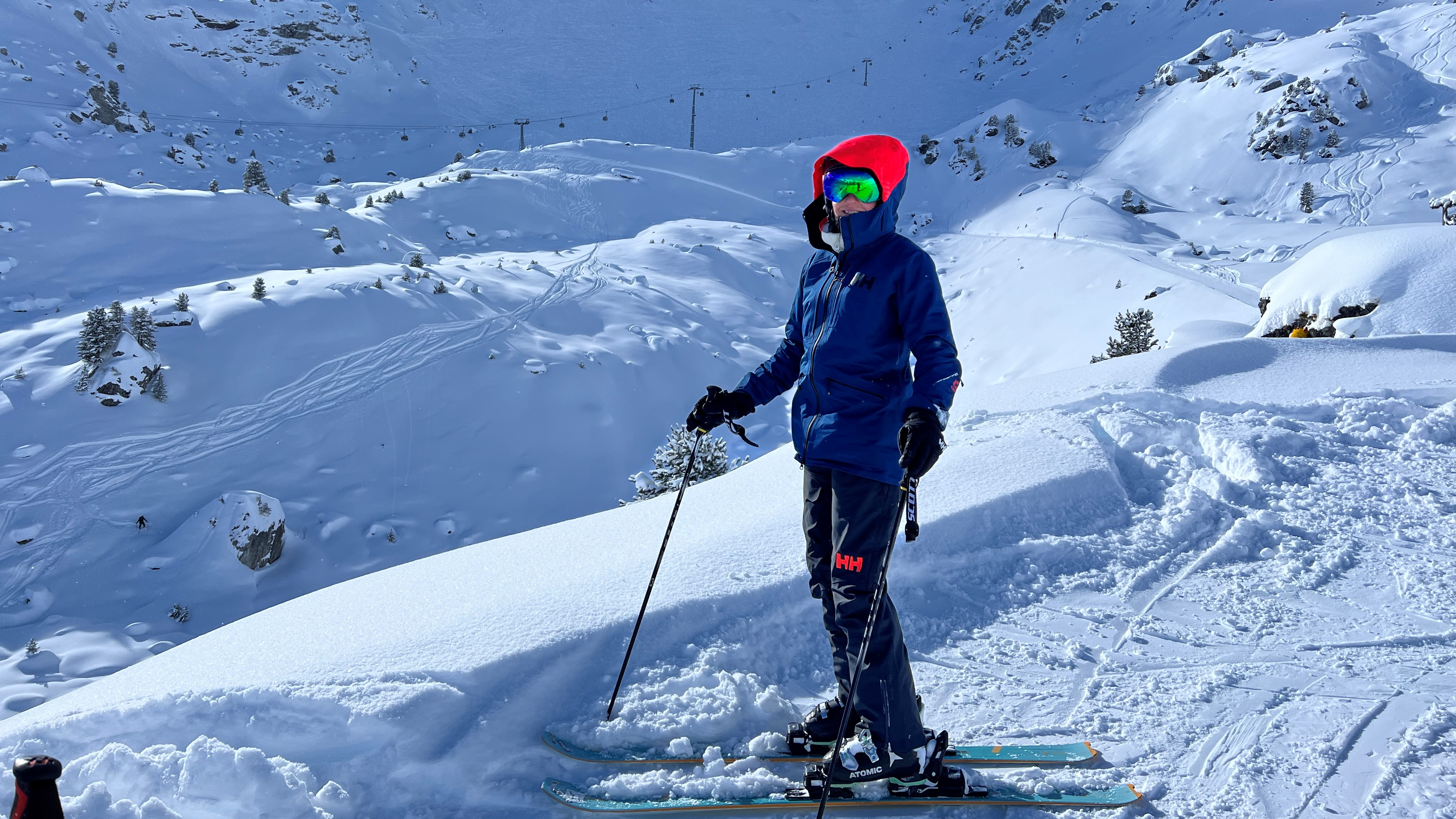
Julia spent many years living in Vail, Colorado, where she developed a love for the American outdoors and a penchant for snow sports. Now back in her native Scotland, she has the majestic Scottish Highlands as her cross-country oyster.
Today's best deals
What are cross country ski bindings?
Bindings are what attach your boots to your skis – they should affix your foot firmly to the ski to help you maneuver well and reap the benefits of cross country skiing, but also release your foot in the event of a fall to minimize the risk of injury.
Unlike in other types of skiing, different cross country ski boots have different soles and won’t work with all types of binding. This means that whether you’re buying a whole new cross country ski kit or just upgrading your bindings, you’ll want to be sure that your bindings work with your boots and avoid the extra expense and hassle of having to buy another pair or make an exchange.
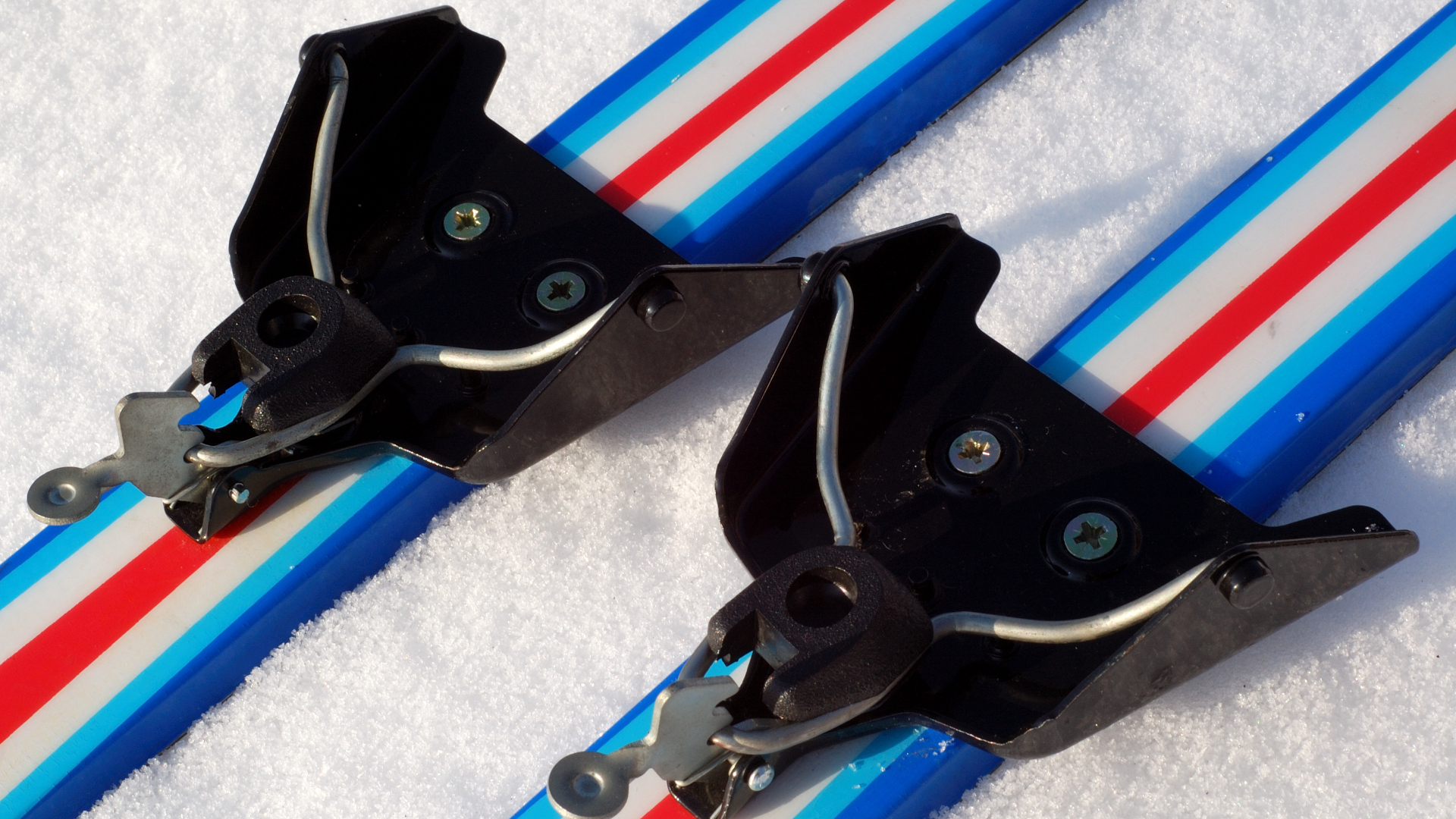
What to consider when choosing cross country ski bindings
- Bindings usually cost between $35 and $80
- Wider bindings are more stable, while narrower ones are designed for performance
- Some cross country skis come with integrated binding plates
Cross country ski bindings are not a huge expense, compared to other types of skiing. A pair might set you back $35 - $80. The more expensive bindings will be lighter and probably allow you to easily click in, like an alpine binding. Others require you to manually secure and release your bindings using a lever.
All the latest inspiration, tips and guides to help you plan your next Advnture!
Another factor to consider is your experience and skill. Bindings built for leisure will be wider and more stable, so better if you’re a beginner or casual cross country skier, while narrower bindings are made for performance and less stable, used by those with good technique and balance.
Finally, some cross country skis come with binding plates already on them, which allow you to mount your bindings without drilling. These plates will only work with certain types of binding.
Make sure to check out our guide to the best ski gloves too, so you can be sure you’re building your collection of kit with only the greatest gear.

Salomon Nordic System (SNS) bindings
SNS bindings clip in at the toe and are only compatible with SNS boots. They have a single ridge, unlike NNN bindings which have two ridges. This is the oldest cross country ski binding system that is still in production, and is good for beginners, offering a bit more stability. SNS bindings are used with both classic and skating boots.
New Nordic Norm (NNN) bindings
NNN bindings are more popular than SNS bindings these days, though both are used by pros and beginners alike. These attach to your boot via a metal rod at the toe and have two ridges making them compatible only with NNN boots. A rubber front helps you generate power when lifting your foot to glide forward.
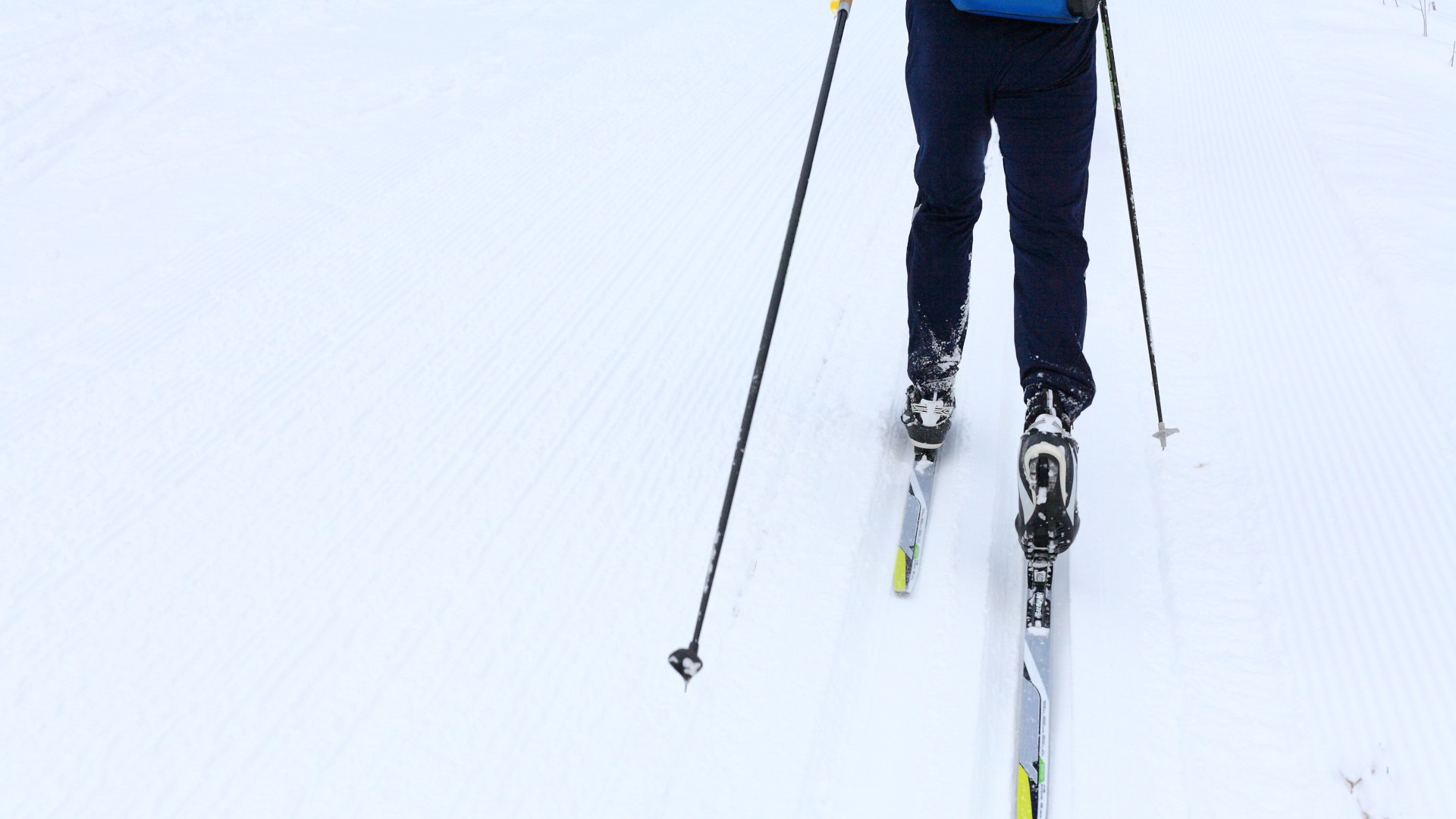
New Nordic Norm Backcountry (NNN BC) bindings
NNN BC bindings are a great choice if you’re planning on skiing in the backcountry, where the snow will be deeper and less uniform, as opposed to on a groomed track. These bindings are more durable and wider and therefore offer more support and stability. These may be compatible with your NNN boots.
Nordic Integrated System (NIS) bindings
NIS bindings are basically an upgraded version of the NNN bindings, with the main appeal being that you can click them right onto your skis and don’t need to drill screws in to attach them. Based on NNN technology, they’re compatible with NNN boots and another benefit is that they’re easy to adjust when you’re out skiing.

Prolink bindings
Yet another upgrade on the NNN that are compatible with the same boots, Prolink are Salomon’s NNN bindings and are narrower and lighter and may offer a better snow feel, and therefore are popular among more experienced skiers. These attach to your skis via pre-drilled holes.
Turnamic Bindings
Turnamic bindings were developed by Fischer and Rossignol in 2016 and are on all of their new cross country skis. The main advantages of these bindings is that you can attach them to your binding plates on your skis without any tools, and you can move the bindings forward and backward on your ski to match your skiing style or terrain. These are compatible with NNN boots.
Three Pin bindings
Less common nowadays, Three Pin bindings are more traditional and work with stiffer boots used for backcountry skiing rather than racing or track skiing. In the past, these bindings allowed a lot of snow to accumulate under your heel, however the newer models have fixed this issue and a major plus of these bindings is that they tend to be cheaper, and you will often find them second hand. They are a little more difficult to get in and out of.
Which type of binding do I need?
- The type of ski boot you've got will determine which bindings you need
- An NNN boot will have two thin shallow grooves running along it
- An SNS boot will have two bars
- A Three Pin binding compatible boot will have three holes in the tip for the pins to snap into
- If starting out, select the skis that match the type of skiing you want to do and work upwards from there
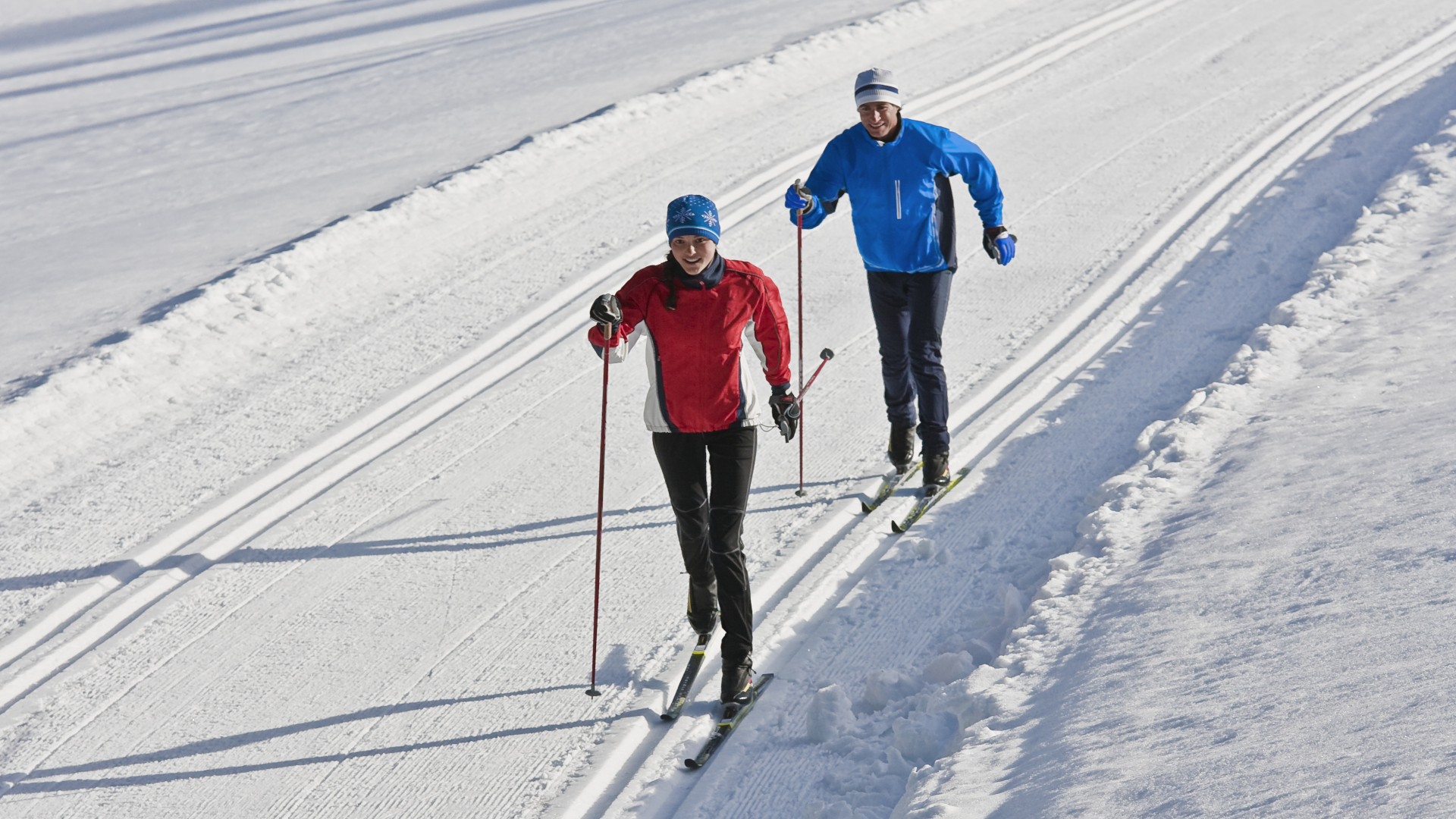
If you already own a pair of boots, the best and cheapest option is to simply get bindings that are compatible with them. If you own a pair of boots and aren’t sure which type they are, just look at the sole. An NNN boot will have two thin shallow grooves running along it, while an SNS boot will have two bars. A Three Pin binding compatible boot will have three holes in the tip for the pins to snap into.
If you’re starting out, it’s best to start by getting the skis that will work best for the type of cross country skiing you want to do. Basically, skate skis will generally be shorter and more rigid than classic skis, which will be longer and have more grip. If your skis come with binding plates, you can then pick bindings that work with those plates, and get boots that are compatible with bindings, essentially working your way up.
Of course, the best route is to go into a store so you can get a good feel for how everything works together and feels on your feet, and even try a few rentals before making up your mind so you’ll be amply prepared for a great season.
Julia Clarke is a staff writer for Advnture.com and the author of the book Restorative Yoga for Beginners. She loves to explore mountains on foot, bike, skis and belay and then recover on the the yoga mat. Julia graduated with a degree in journalism in 2004 and spent eight years working as a radio presenter in Kansas City, Vermont, Boston and New York City before discovering the joys of the Rocky Mountains. She then detoured west to Colorado and enjoyed 11 years teaching yoga in Vail before returning to her hometown of Glasgow, Scotland in 2020 to focus on family and writing.

